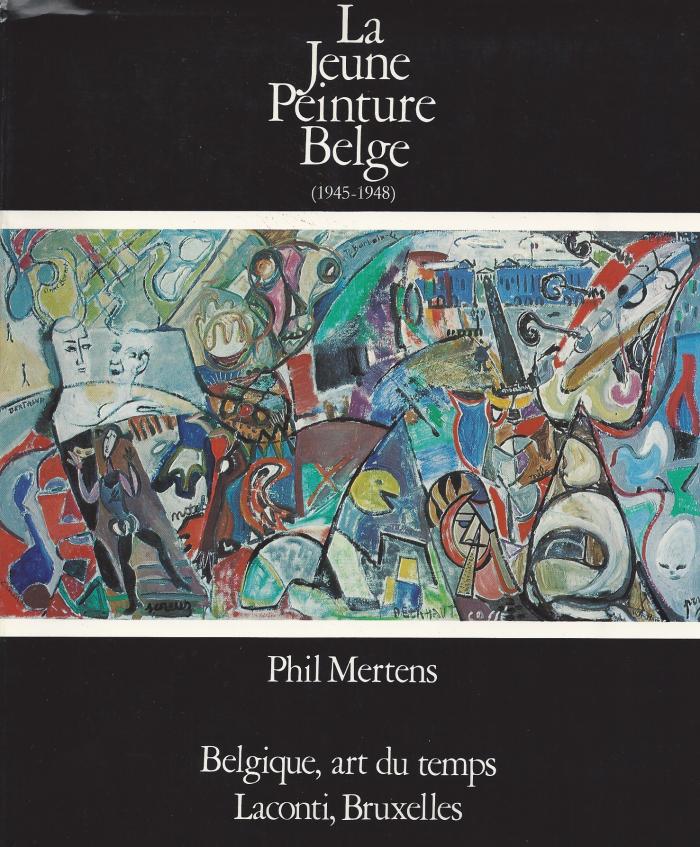Roughly, the end of the historical avant-garde can be situated around 1929, at the moment when the financial markets crashed because of worldwide speculation. The production from the 1930’s was characterised by eclecticism along with an attitude of returning to traditional figurative art. This lasted for some twenty years before abstract art appears again on the Belgian art scene. The re-discovery of the abstract language happens rather haltingly, as the influence from abroad slowly made its way into Belgium. The movement of La Jeune Peinture Belge plays an important role in this.
In 1944, in the prolonged annual salon Apports in the Apollo gallery, Robert Delevoy organises an exhibition whereby the new trends in Belgium are shown. Along with the energetic advocate René Lust, Delevoy establishes the non-profit organisation La Jeune Peinture Belge in 1945 for the support of a new generation of artists. In addition to James Ensor (1860 - 1949) as honorary chairman, art patrons and collectors thrown in their support for thirteen artists, including Jan Cox, Anne Bonnet, Gaston Bertrand, Rik Slabbinick (1914 - 1991) and Louis Van Lint, among others. After the death of René Lust in 1948, the organisation ceases to exist. Within a short period of time, the movement left its impression on the post-war resurrection of Belgian art. Thanks to a large array of international exhibitions (in Paris in 1946, in the Svensk-Franska Konstgallerie in Stockholm and in Zürich in 1947, inter alia), a new generation comes into contact with the most recent developments.
The great variety of artists makes it difficult to place La Jeune Peinture Belge under one stylistic rubric. As such, the work of Roger Somville (1923 - 2014), Edmond Dubrunfaut (1920 - 2007) and Louis Deltour (1927 - 1998) evolves towards Realism. Yet, a new connection with a mild form of Modernism begins to distinguish itself, whereby abstract painting sometimes emphasises a freer approach, such as in the lyric work of Jean Milo (1906 - 1993) and Mig Quinet (1906 - 2001). Ultimately it is Jo Delahaut, who in 1947 exhibits the only true abstract painting during the overview exhibition of the group in the Palace of Fine Arts in Brussels. After his passage in La Jeune Peinture, Delahaut shall become the main impetus for the return to geometric abstract art in Belgium with the groups Art Abstrait and Formes.
Sergio Servellón
CC-BY-NC (Creative Commons 4.0)
